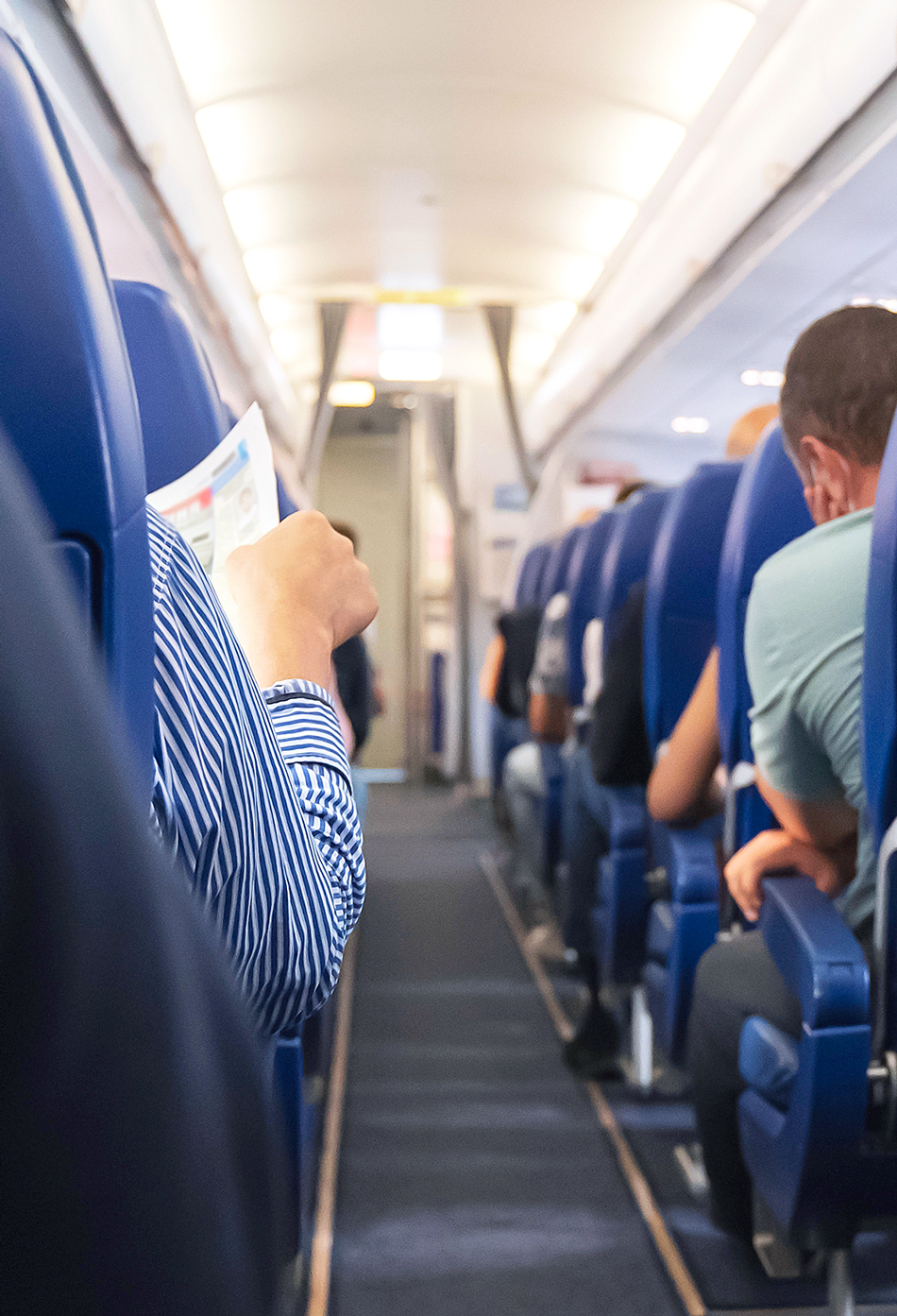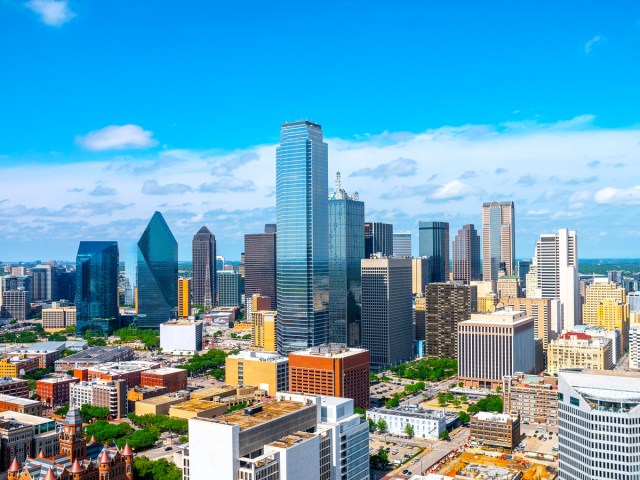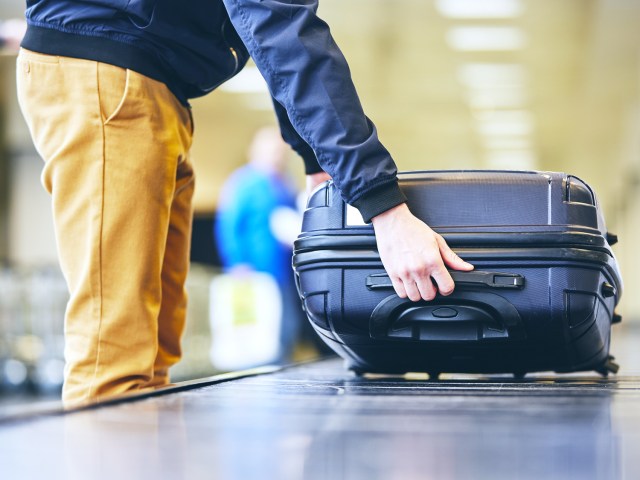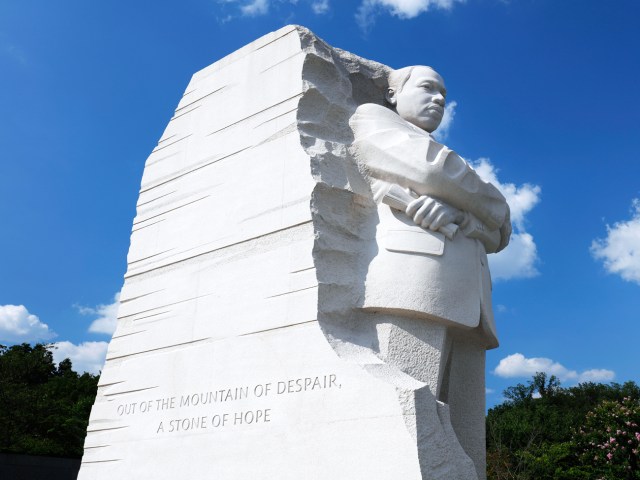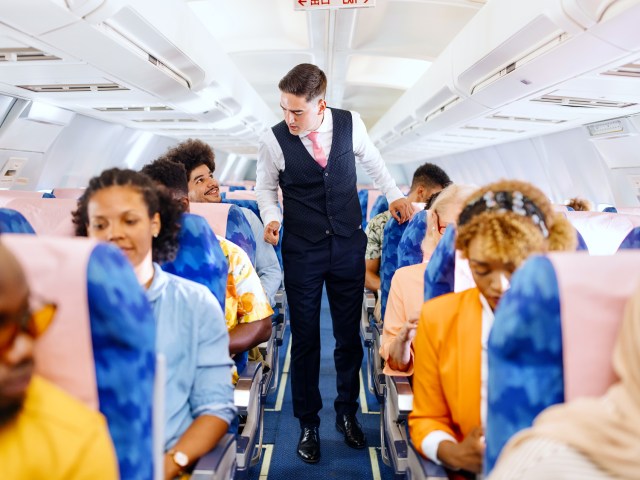Flying has come a long way since the golden age of air travel, from how we book tickets to how we dress for flights and what’s served on board. Passengers these days have grown so accustomed to the modern air travel experience — for better or for worse — that it’s easy to forget how much has changed, even in recent years. You might find it surprising that these five rules of air travel only became the norm past 25 years.
In-Flight Smoking Bans
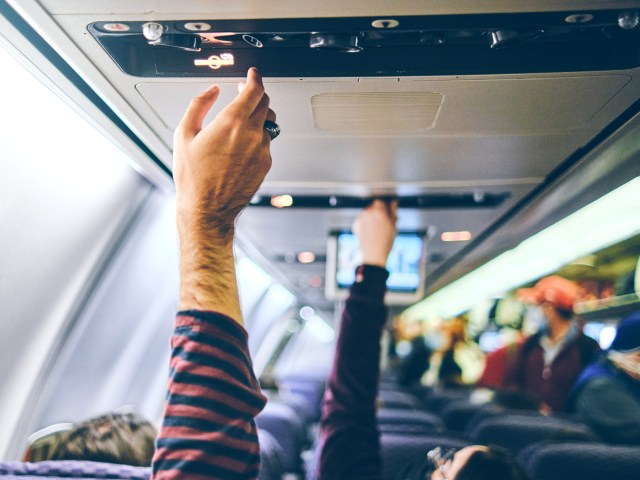
Societal attitudes toward smoking in public spaces have evolved considerably, especially in the last few decades. What was once commonplace in the U.S. — smoking in restaurants and bars, for example — is now a rarity, so it might be difficult to picture that the same was once true of airplanes.
Smoking on planes was allowed for many years, but in 1973 the U.S. federal government stepped in to mandate smoking and nonsmoking sections. (You might imagine how effective that was.) Over the next couple of decades, as individual airlines began to enact their own nonsmoking policies, the government slowly expanded the ban to flights of certain distances (i.e., domestic flights under six hours). It wasn’t until 2000 that in-flight smoking was fully banned in the United States.
Buy-on-Board Meals
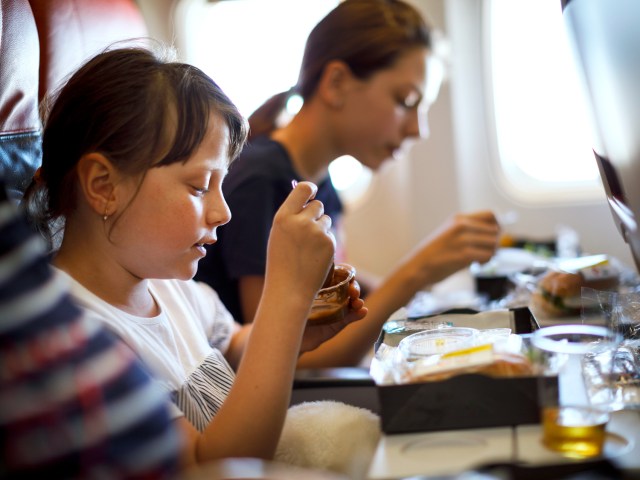
These days, economy-class passengers are lucky to get a complimentary soda and a bag of pretzels on domestic flights, but not long ago it was a much different in-flight experience. Complimentary hot meals were the norm (on flights over a certain distance). Though they probably weren’t much to write home about, they were free. That all began to change in the wake of the 9/11 terrorist attacks, which had a major financial impact on the aviation industry.
As airlines looked to cut costs, free meals were one of the first passenger amenities to go. By the end of 2001, most airlines had eliminated or significantly reduced in-flight catering for coach passengers. A notable holdout was Continental Airlines, but after the carrier merged with United Airlines, it finally ended free meals in 2010. Now, it’s common for airlines to offer economy-class passengers buy-on-board meal options, part of a growing trend of a la carte airline services.
Shoe Removal at Airport Security
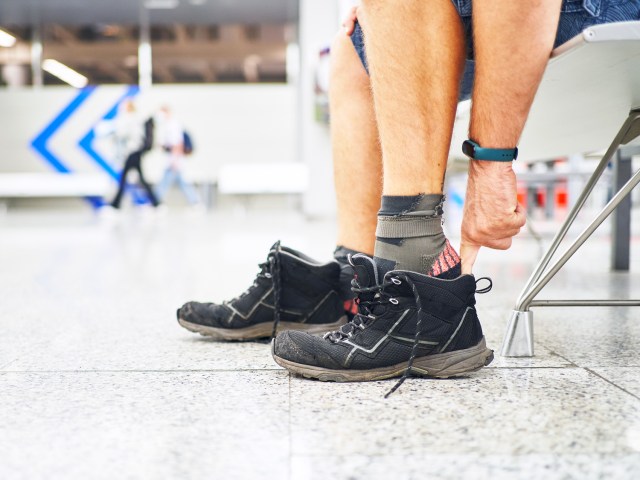
Another consequence of 9/11 was stricter airport security protocols and the creation of the Transportation Security Administration (TSA) in November 2001. Before the attacks, travelers could arrive at the airport much closer to boarding time, and they didn’t even need a boarding pass to get through security. Now, airline passengers are used to longer lines, strict ID checks, and many other security regulations.
But it wasn’t until 2006, following several high-profile failed terrorist plots, that the rules extended to footwear and liquids. That year, the TSA banned all liquids, gels, and aerosols (before revising the ban to 3.4 liquid ounces or more) and also began requiring passengers to remove their shoes at security checkpoints to screen for explosives. These days, the only way for passengers to avoid removing their shoes is by signing up for the TSA PreCheck trusted traveler program.
Checked Bag Fees
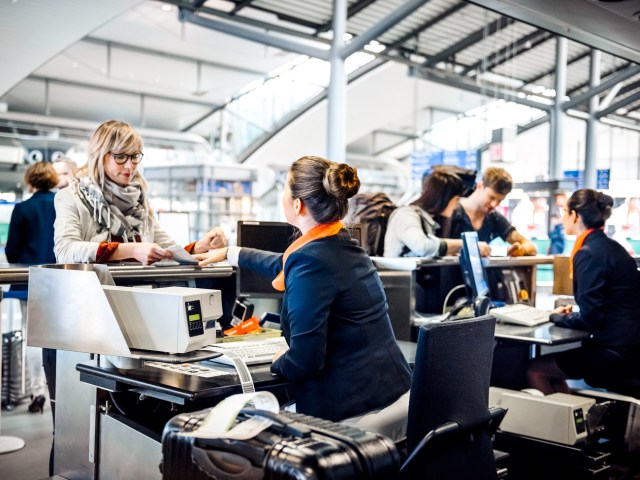
Another relatively new phenomenon of air travel? Checked bag fees. The cost of traveling with luggage in the hold was once included with every ticket, but as many airlines continued to struggle financially throughout the 2000s, they looked to ancillary fees to boost revenue.
In 2008, American Airlines was the first major airline in the U.S. to introduce a checked bag fee. Back then, the fee was just $15 for the first checked bag, but fees have been steadily rising since. And unfortunately, they’re probably here to stay. (In fact, in 2024 the major U.S. airlines all hiked their fees.) For now, you can avoid those fees by flying an airline where bags are still included, such as Southwest Airlines, or through other methods such as signing up for airline credit cards.
Automatic Refunds for Flight Disruptions
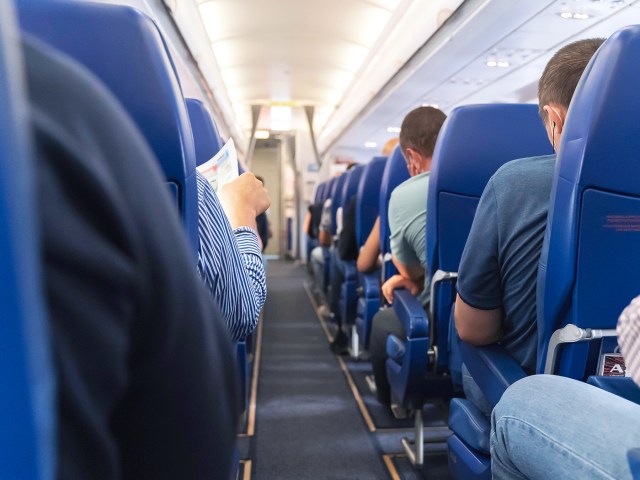
One of the more recent developments in air travel rules concerns flight delays or cancellations. Before 2024, there were no federal rules around what counted as a “significant” enough flight disruption to necessitate the airline providing travelers a refund. It was up to the individual airlines to decide, which, predictably, led to some customer-unfriendly policies.
But thanks to new rules introduced by the DOT in April 2024, there are now clear parameters for flight delays and cancellations and when the airline has to give you your money back. The rules even extend to delayed baggage and the failure of airlines to provide other paid services, such as in-flight Wi-Fi or seat upgrades.






